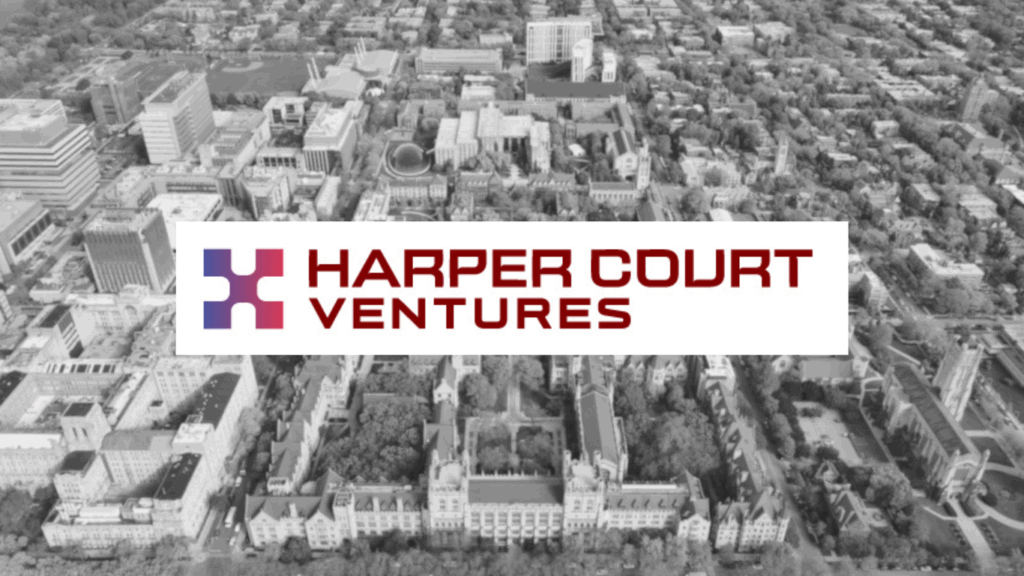Hybrid Approach
Last summer, The Quantum Insider published A Century in The Making: IBM Quantum’s Development Roadmap, Building The Future of a Nascent Technology, a piece that gives the lowdown on IBM’s patents, technological capabilities in quantum computing (QC) and example use-cases.
All things considered, it’s evident that the Armonk, New York-based multinational is one of the leading players in the space.
Recently, IBM EMEA Chair & General Manager Ana Paula Assis sat down with CNBC’s Arjun Kharpal on Tech Transformers for a fireside chat to talk about IBM’s approach to QC.
“I think it’s very important to understand that quantum computing is not here to substitute the existing computing today, the classic classical computers,” Assis began, “and the approach that we’re taking is a hybrid approach.”

A senior executive with more than twenty years of experience in managing high-performance sales teams for information technology products, services and solutions, Assis currently leads IBM in Europe, the Middle East and Africa region.
Assis said that IBM sees the future of computing as a combination of three dimensions:
Performance, Value, Adaption
“First, the performance — performance is absolutely critical — and I’m going to break down how you address performance. Then value, which is your ability to do more with less. And finally, adaption because you will need to create a new set of development capabilities, professionals, skilled resources to take advantage of this technology,” said Assis.
“Performance is about the amount of qubits you can put on a single chip,” Assis continued. “At the end of last year, we announced a major milestone: we achieved 433 qubits in one single chip.”
Assis then told Kharpal that in 2016 IBM’s quantum computer only had five qubits — so the announcement of 433 signifies massive growth.
“The second aspect is making sure that those qubits that are inside those chips behave properly according to quantum physics, and that’s the topic of quality of the circuits that you have,” said Assis on value. However, she admitted that this is an extremely complex area because you have to make sure the pair of qubits sustain the operations.
“The third element is the speed of the circuits that you have in the quantum computer so that they can perform the operations faster,” said Assis before moving on to Qiskit, IBM’s open-source software development kit for working with quantum computers at the level of circuits, pulses and algorithms.
Qiskit
“So basically we develop a platform, a language, a programming language called Qiskit, which is the basis for developing new code in quantum and we have to make sure that we scale the knowledge in that platform,” Assis went on, boasting of the 450,000 users logged in to learn about Qiskit, more than two million downloads of the code and more than 200 partners in IBM’s network already testing and using real-world cases to simulate how quantum computing could solve some of the complex problems for them.
If you found this article to be informative, you can explore more current quantum news here, exclusives, interviews, and podcasts.
















